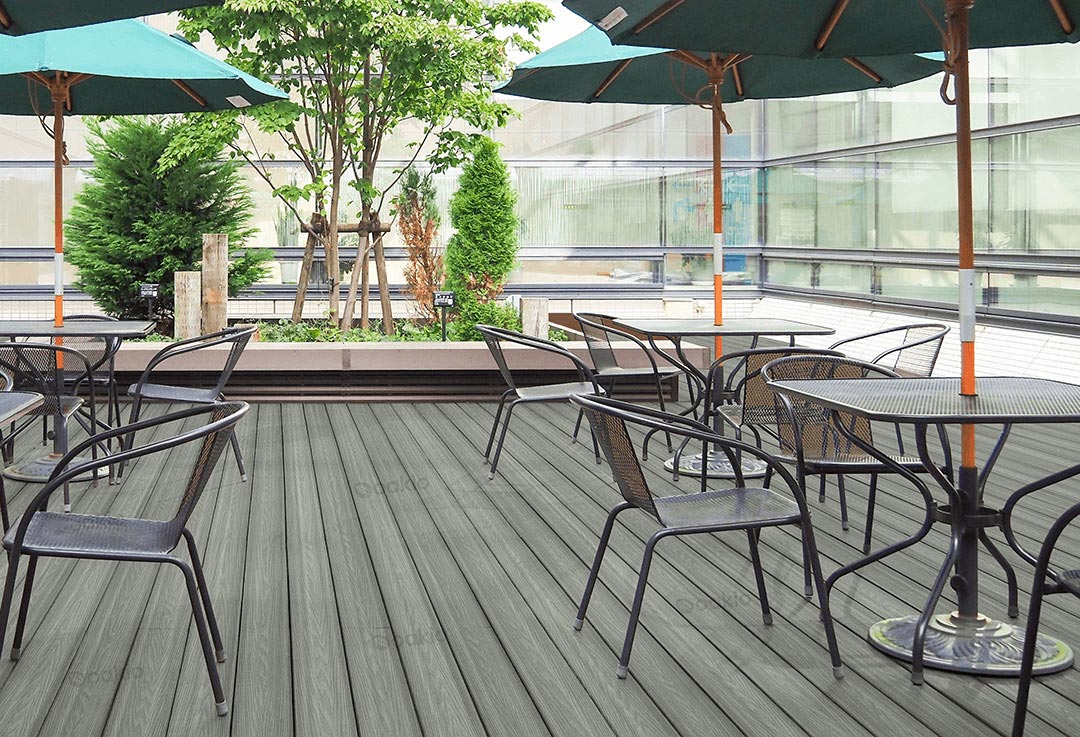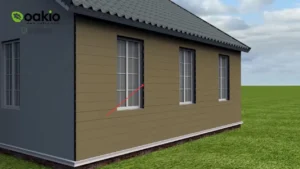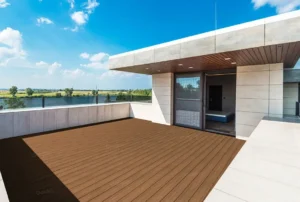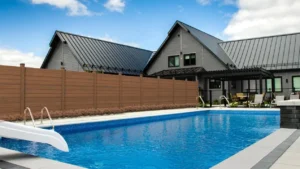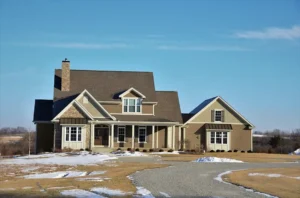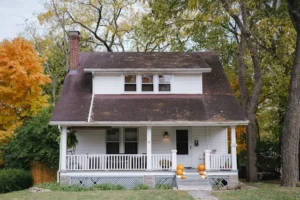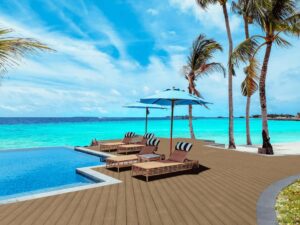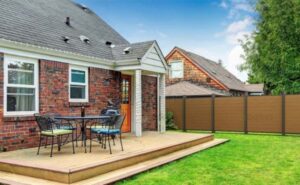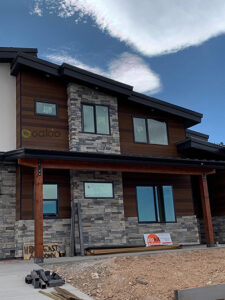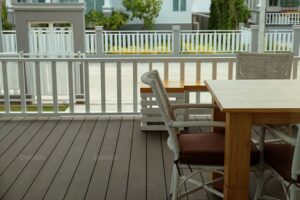WPC Materials: Transforming Urban Public Facilities with Sustainability and Innovation
Wood-plastic composite (WPC) materials are transforming the design and functionality of urban public facilities. Combining the best features of plastic and wood, WPC is durable, eco-friendly, and versatile, making it ideal for applications ranging from outdoor furniture to cultural installations. Its adoption in public spaces not only enhances urban landscapes but also supports sustainable development goals.
Advantages of WPC Materials in Public Facilities
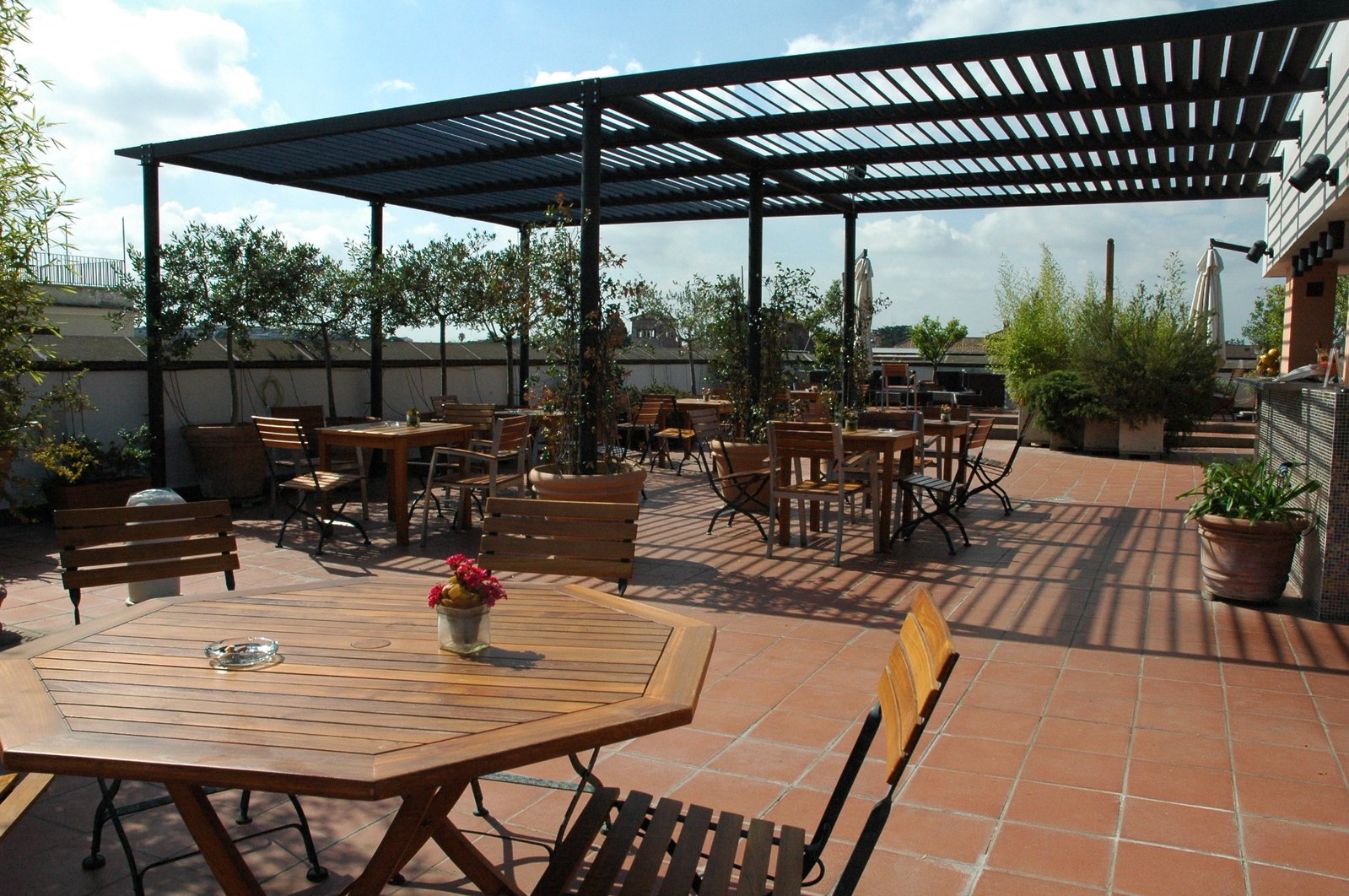
1. Practical Functionality
Public facilities must prioritize functionality to meet the daily needs of city residents. WPC materials excel in this regard:
- Durable and Long-Lasting: Resistant to moisture, corrosion, pests, and UV radiation, WPC products can last over 50 years.
- Low Maintenance: Unlike traditional materials, WPC requires minimal upkeep, reducing long-term maintenance costs.
- Eco-Friendly Composition: Made from recycled plastics and wood fibers, WPC is a sustainable alternative to conventional materials.
2. Aesthetic Versatility
Urban public spaces benefit from visually appealing designs that enhance the city’s image. WPC materials offer:
- Customizable Designs: Similar to wood, WPC can be cut, nailed, or carved, enabling intricate and artistic designs.
- Enhanced Durability: Its uniform composition allows for fine detailing, making it suitable for decorative yet functional installations.
3. Cultural Integration
Public facilities serve as platforms for cultural preservation and promotion:
- Cultural Representation: WPC can be customized to reflect local heritage through unique patterns, colors, and themes.
- Sustainable Messaging: By using eco-friendly materials, cities promote environmental awareness and cultural pride.
Key Applications of WPC in Public Facilities
- WPC Urban Furniture: Benches, picnic tables, and bike racks designed with WPC combine functionality and aesthetics.
- WPC Fencing and Railings: Durable and weather-resistant WPC railings enhance safety and visual appeal in parks and walkways.
- WPC Architectural Elements: Pergolas, gazebos, and decorative structures built from WPC contribute to sustainable and stylish urban landscapes.
Design Considerations for WPC Public Facilities
1. Simplicity in Design
Inspired by minimalist principles, WPC-based designs emphasize simplicity for:
- Ease of Manufacturing: Streamlined designs enable large-scale production.
- Efficient Maintenance: Simple structures are easier to clean and repair.
2. Eco-Friendly and Sustainable Solutions
WPC’s unique properties make it a perfect fit for environmentally responsible public spaces:
- Recyclable Products: WPC materials generate minimal waste during production and are fully recyclable after use.
- Energy Efficiency: Lightweight and easy to transport, WPC reduces the carbon footprint associated with logistics.
3. Integration of Local Culture
Public facilities designed with WPC can incorporate historical and cultural elements, creating a connection between the city’s identity and its infrastructure.
Future Prospects for WPC in Public Spaces
The integration of WPC into urban public facilities aligns with broader sustainability goals:
- Environmental Conservation: Reduced reliance on natural wood helps preserve forests.
- Circular Economy: WPC supports recycling and reusing resources, reducing waste generation.
- Urban Innovation: WPC fosters creative and functional designs, enhancing the quality of public spaces.
With growing demand for eco-friendly solutions, WPC materials are set to become indispensable in modern urban planning and public facility design.
WPC materials represent a groundbreaking advancement in the design of urban public facilities. By combining durability, aesthetic versatility, and sustainability, WPC contributes to greener cities and enhances the quality of public spaces. From benches to cultural landmarks, WPC offers innovative solutions that align with contemporary urban needs. Explore Oakio’s range of WPC solutions today to transform public spaces and promote sustainable urban development.
Trending Reading
What Are the Differences Between the WPC Board and PVC Board?
[2024 Update] How Long Does WPC Decking Last?
